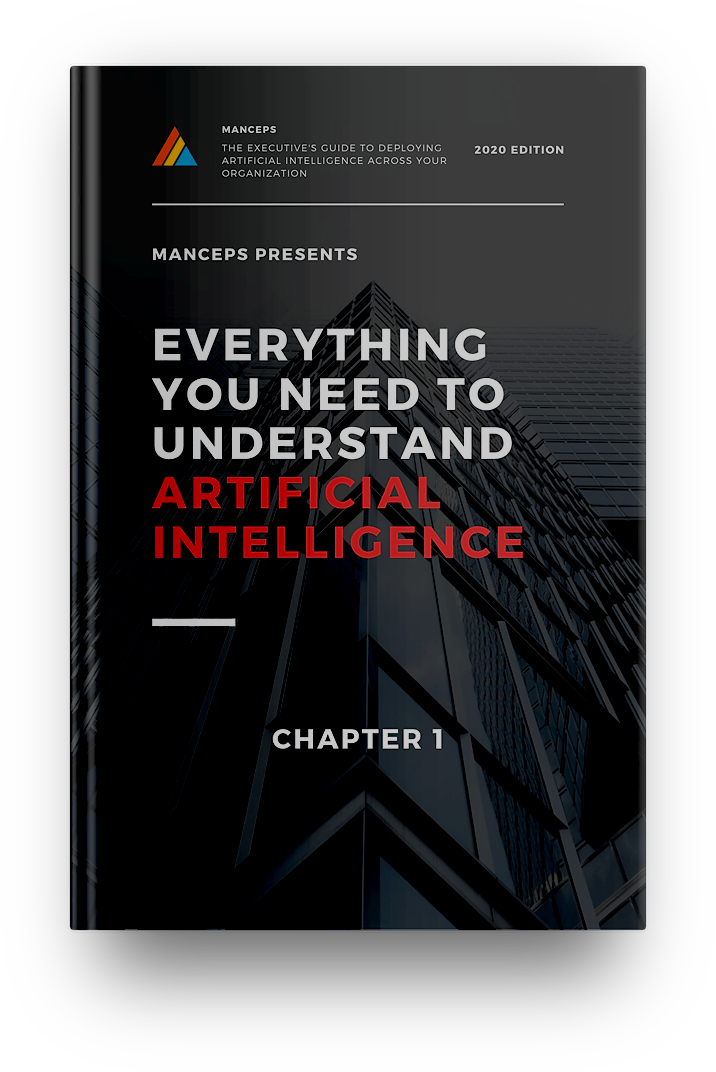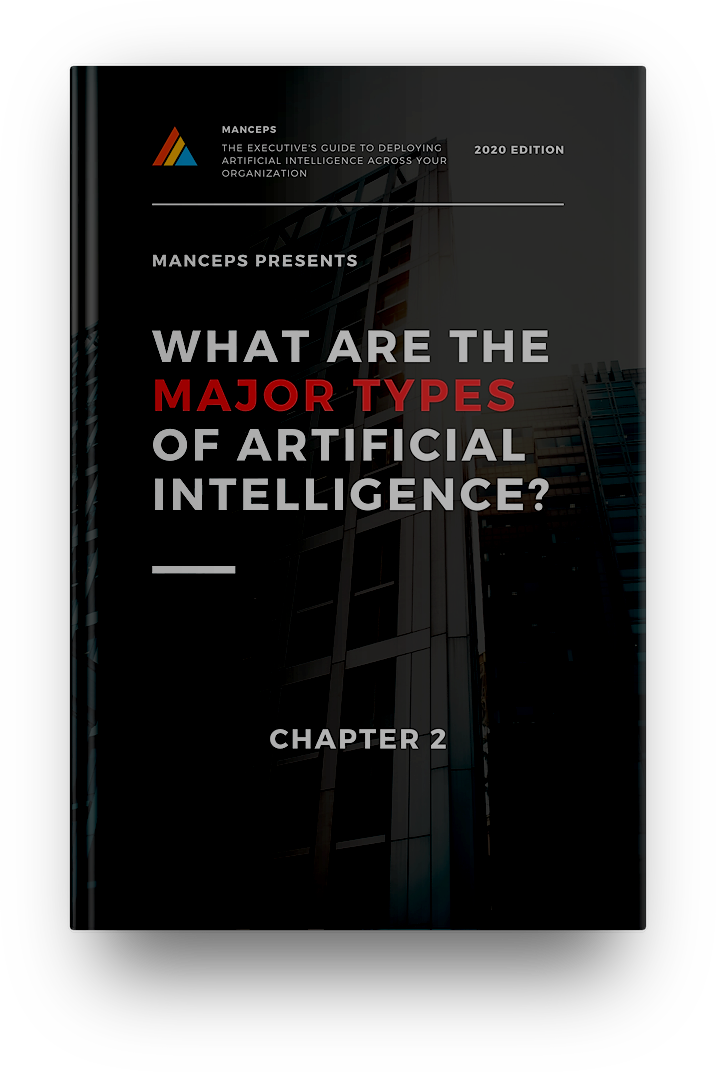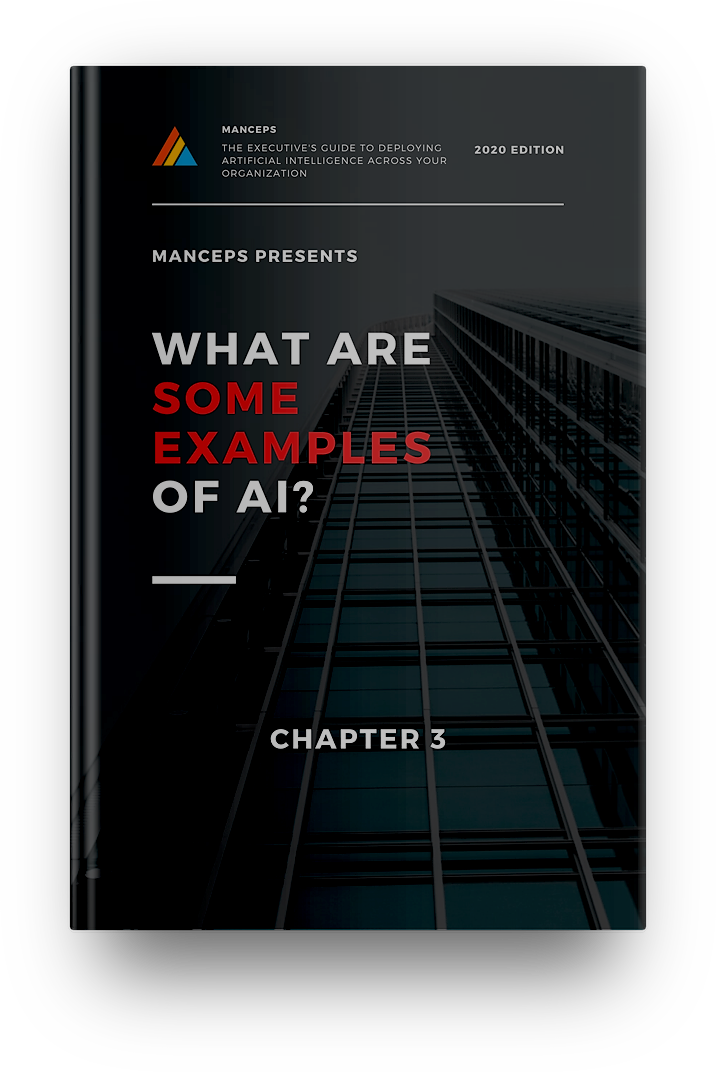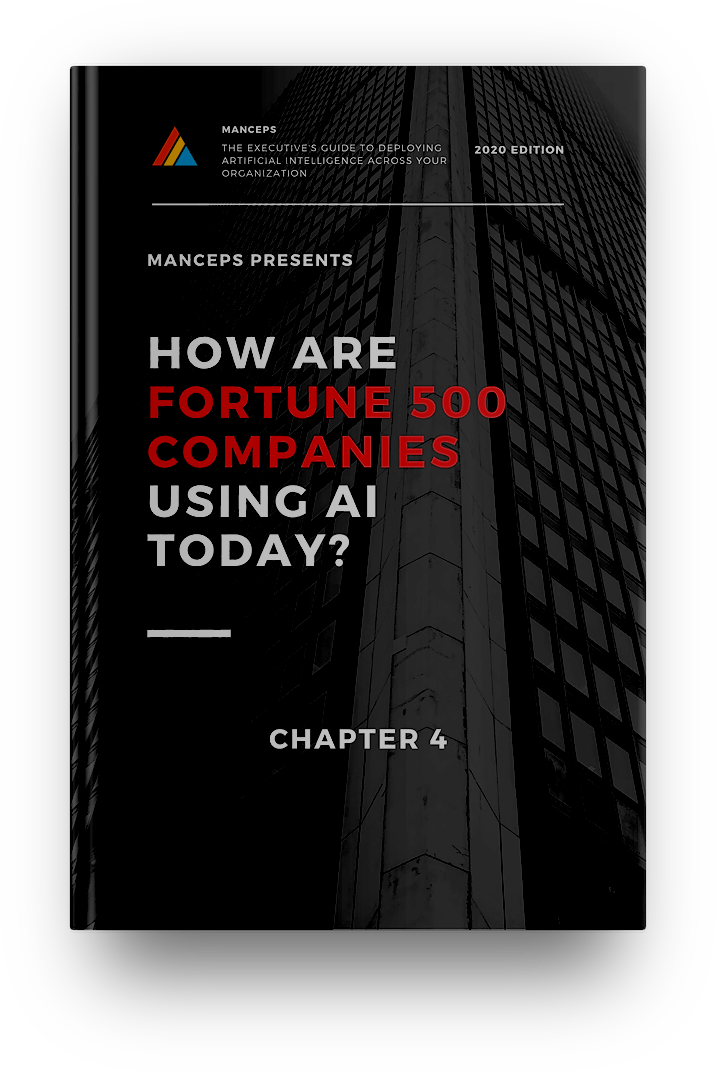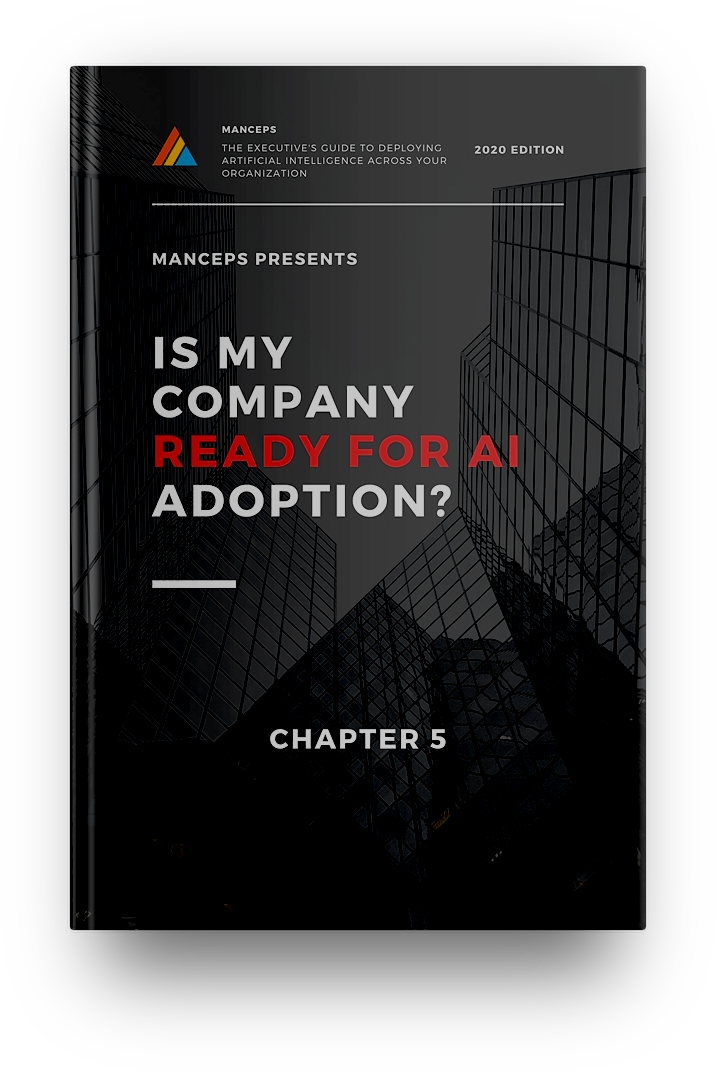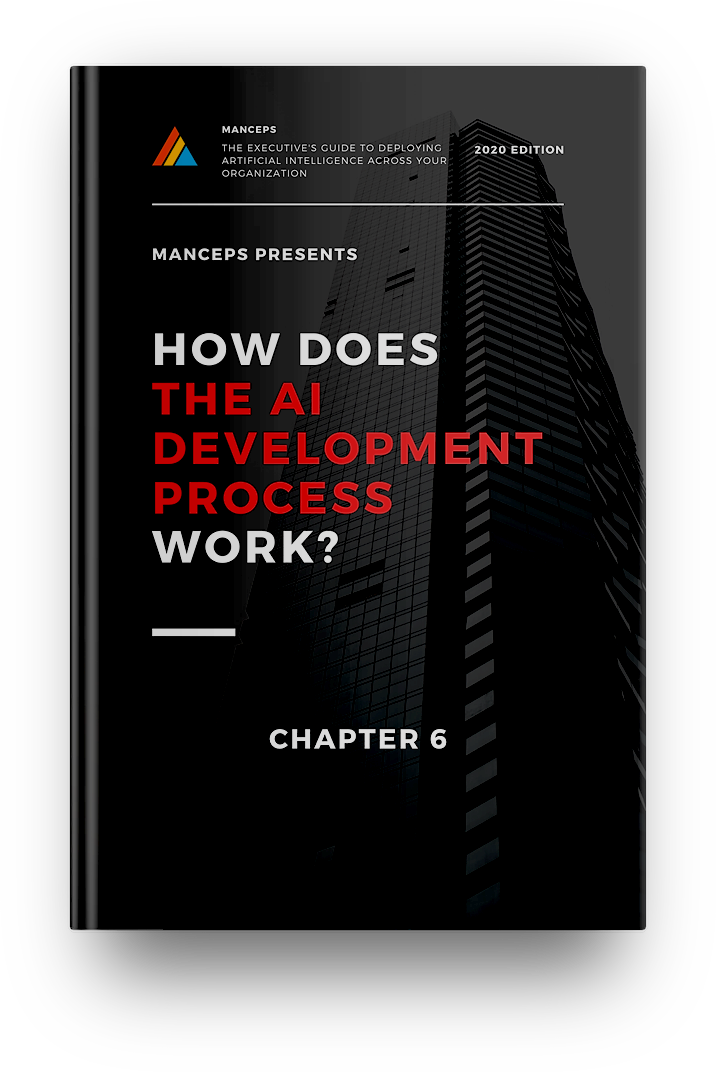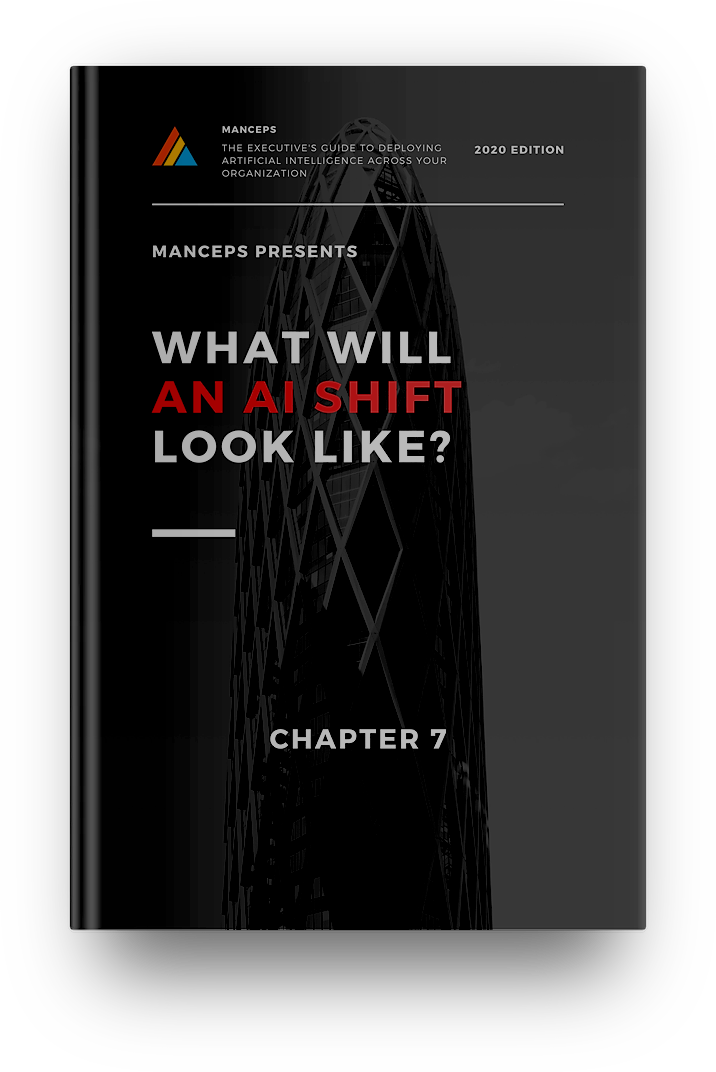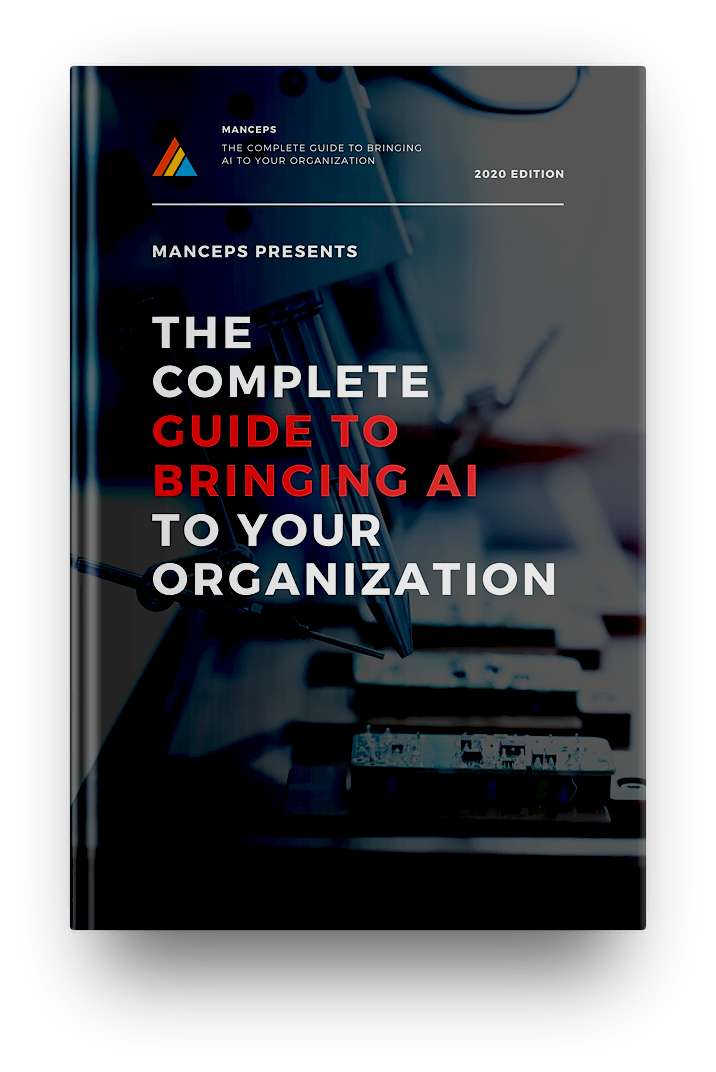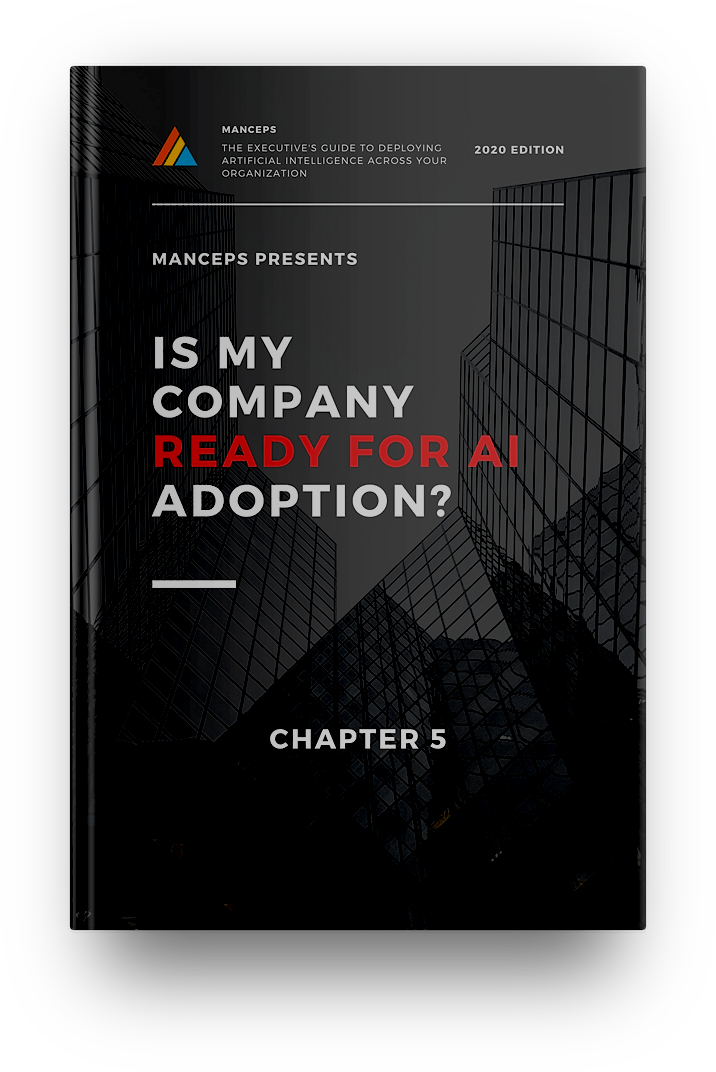
Free Resource
Is My Company Ready for AI Adoption?

How Will We Know We're Ready for AI?
So, now that you’ve gotten a sense of what AI is capable of and how the AI development process works, the next thing to consider is whether your company is ready for an AI deployment.
To be sure, most businesses see a huge benefit to bringing AI to their organization but the path toward AI transformation might not always be clear.
Despite what can be an uncertain process, according to a Forbes survey, 84% of C-Suite executives believe AI is an essential component of achieving their revenue objectives. And while AI has historically been launched at big firms with large innovation budgets, AI is now trickling down to businesses of every size and composition.
Whether deploying a major AI initiative or a small pilot project, bringing AI to your business can represent a major shift for how your team does its work. Fortunately, the process can go much more smoothly if you take steps at the beginning to ensure an aligned transition.
In our experience, the best AI deployments come from multi-million-dollar companies that are (a) far along in their digital transformation and (b) have absolute buy-in from stakeholders throughout the business.
We’ll explore those pre-conditions below.
Digital Maturity
The greatest indicator that your company is ready for AI is the quality, accessibility, and structure of its data. In fact, for most deployments, the most challenging part of the process is ensuring that the data is organized and properly labeled so that an AI can develop an intuition about it.
Companies that are early in their data collection trajectory will be well-served by putting processes in place to collect it. Data scientists require thousands upon thousands of data points to successfully build AI models and so you want to make sure to start accumulating those reams of information now so you’ll have it if/when you turn to AI.
For those who are further along in their digital transformation, the challenge is to make sure your data is well organized, of a high quality, and related to the model you’re trying to build. For example, if you want to build a model that predicts weather by the hour, your dataset must include hourly weather data.
AI developers like us will work with you to ensure that your data is properly configured to make the most of your AI investment. If you’d like to spot-check whether your data is any good, check out Google’s Data Preparation Checklist.
Staff Buy-in
Get Leadership Excited
Let us state emphatically: successful AI initiatives require enthusiasm from leadership. In fact, we’ve found that one of the highest predictors of AI success is whether someone in the c-suite is playing the role of AI evangelist.
See, AI adoption is not a short-term play. It requires foresight, strategic thinking, and an investment of thousands, sometimes hundreds of thousands of dollars — and if you don’t have leadership onboard, it will be difficult to get the institutional support to meaningfully bring about AI transformation.
If you are spearheading your AI deployments, we’d like to point you to our AI resources page. Each of the ebooks and articles that we’ve gathered there have been carefully designed to make it easier for you to make the case to your leadership.
Getting buy-in from leadership can take a while. Most leaders intuitively understand AI’s usefulness but may need additional education when it comes to realizing AI’s full potential. This is another reason we recommend starting with an AI pilot project. By launching a successful proof of concept, you’ll have a stronger claim to rolling out AI more broadly.
Get Workers
Excited
For several years, we’ve been hearing about the possibility that AI could lead to massive layoffs. Self-driving cars, for example, could be the end of the trucking industry as we know it. Thus, when employees start to hear rumors about an AI initiative, they can start to worry that layoffs will soon follow.
Fortunately, recent reports suggest a different reality. For example, a Dun & Bradstreet survey found that only 8% of companies were cutting jobs because of artificial intelligence. And while many AI-related economic surveys predict that there will be job disruptions, disruptions don’t necessarily mean that jobs are going away.
In our experience, another important aspect of AI deployment is ensuring that your workers are not only prepared for the change but also excited about it.
What’s great about AI is that it makes boring and repetitive tasks basically effortless — and this ends up being absolutely huge for workers whose days are full of repetitive, often menial tasks.
Our clients, Allmed, had a similar experience. Before AI, an army of licensed physicians had to manually pour through patient health records to make treatment decisions.
Now, with natural language processing, these doctors are able to focus on the thing they do best: evaluating doctor-prescribed treatment plans and ensuring their patients are getting the very best care. AI freed Allmed physicians to use their time elsewhere.
To be sure, bringing AI to your organization will require your teams to adapt. You can expect the deployment of AI to bring with it new tools that your team will need to know how to use.
When securing buy-in from your workforce, be sure to address their concerns early and communicate often about the transition process. Eventually, you’ll want to be sure they’re armed with the proper training but for now, the goal should just be to get them excited.
Explore Our Other Guides
We've written up lots of articles to help business professionals orient themselves around AI. Learn how Artificial intelligence can meaningfully change how your organization does business by exploring the resources below.


